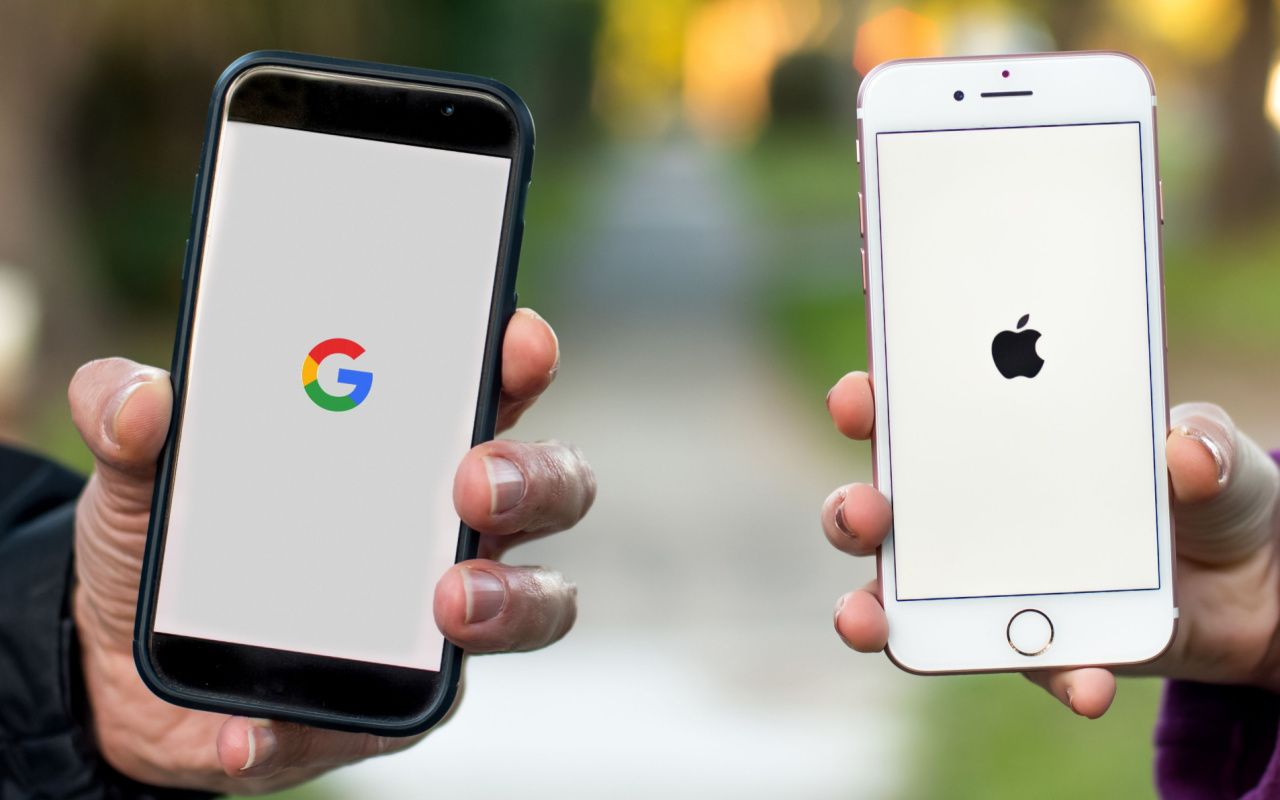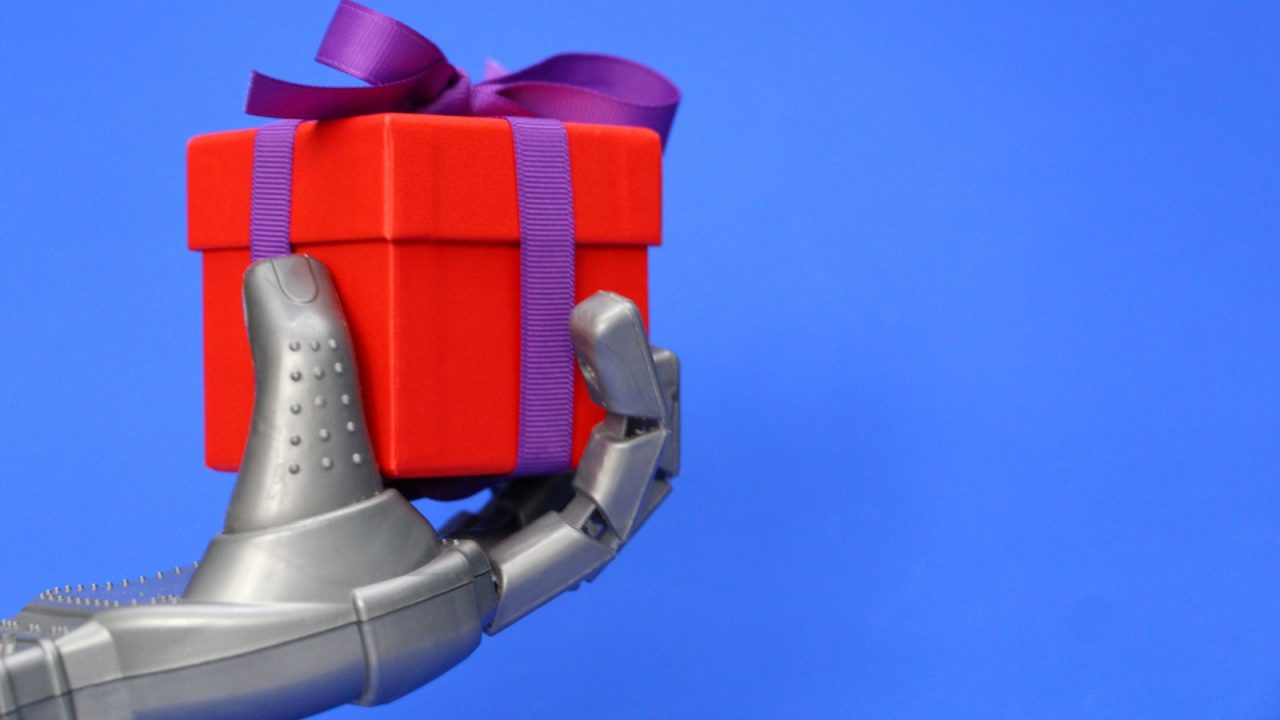Recently, Android garnered a lot of mainstream attention and watercooler chitchat when its new Android campaign caught headlines and relit a controversial subject: Green vs blue texting bubbles between Android-based smartphones and iPhones, respectively.
Proponents of Android claim it’s time for Apple to play ball and adopt a more universal messaging protocol known as Rich Communication Services (RCS) that aims to replace Short Message Service (SMS) messaging.
Putting aside the drama and grandiosity that this texting incident carries on the surface, the fact of the matter is that many users and tech experts are on Android’s side, believing Apple is on the wrong side of a real user issue. That is to say, Apple’s “walled garden” (an ecosystem that’s by and large convenient, but not without its problems) is glaringly monetary, not motivated by users. Many additional think pieces from both Android and Apple-focused publications (e.g., “9to5Mac,” “9to5Google,” “MacWorld,” “Digital Trends,” etc.) support the belief that Apple, should they remain stubborn to adopting RCS, may be seen on the wrong side of history.
The Android/iOS texting drama has an overarching theme that industries, especially construction, need to solve: How to better connect teams through data in a frictionless way in which they are empowered to work better, together.
RCS vs SMS: A Quick Recap
Short Message Service (SMS) is a form of text messaging that was developed in the 1990s and, as Digital Trends points out, hasn’t changed that much since then, with many turning to apps that provide a better experience with more features.
Rich Communication Service (RCS), Xfinity Mobile explains, is an “enhanced messaging experience for Android devices,” similar to iMessage or WhatsApp, which includes features such as “phone and computer texting, read receipts, typing indicator, large file transfers, better group chats, high-resolution photo and file sharing (up to 100MB), location sharing, video calls and Google Assistant integration.”
As 9to5Mac summarizes, RCS offers “a more open alternative” and is “basically a new standard to work alongside MMS and SMS [with] many of the same features that iMessage added but in a more open standard that can be implemented by other phone makers.” First launched by Samsung back in 2012, RCS has “for the last few years seen an explosion of support,” including Google, Samsung, OnePlus and AT&T Android phones.
A History of Being Ideologically Opposed
The texting debate between Apple’s iPhones and Android goes back as early as the early days of iMessage.
As seen in iMessage marketing materials, Apple makes light of the so-called “green bubble conundrum,” quipping, “iMessages are blue. So you’re not.”
They explain, “On iPhone, when your text bubble is blue instead of green, you’re using iMessage instead of SMS. You’ll get a quicker response. You’ll know that the text session is free.” They then go on to make an important, if cruel, distinction: “You’ll know it’s been sent to all your recipients’ Apple devices. And you’ll know they received the text. SMS texters will be green with envy.”
At their cores, Android and iOS are diametrically opposed; Apple prefers its closed ecosystem, versus Android devices operating within an open ecosystem.
First developed by Rich Miner, Nick Sears, Chris White, and Andy Rubin in 2003—their company soon thereafter being acquired by Google in 2005—Android’s founders made the conscious choice to use the Linux operating system for Android’s basis, which made it possible for third-party mobile manufacturers to build phones on top of the Android operating system.
A close comparison in traditional (e.g., desktop or laptop) computing would be Microsoft Windows software running on a wide variety of computer hardware by manufacturers of all kinds. Closer to home, contractors can use apps such as Milwaukee Tool’s free One-Key to add inventory of all manufacturers, utilizing barcoding that uses a smartphone’s built-in camera rather than having to buy-in to expensive proprietary inventory software and equally costly barcoding hardware.
Meanwhile, Apple has long favored closed architecture, and it’s even led to legislation that may have forced their hand, resulting in them changing their stance about whether consumers had the right to repair their own machines.
What about Device Fragmentation?
The pleasantry that Apple enjoys with their closed hardware architecture and corresponding software is that, for Apple users, Apple can create synchronized experiences that work seamlessly (except when texting with their Android counterparts)!
On the other hand, the main problem android developers encounter is software fragmentation, considered the #1 challenge in developing android apps. The conundrum is described as such:
“[D]evelopers must consider Android mobile apps that work with all versions of the Android operating system. They frequently find it difficult to make the app take advantage of the capabilities offered by both the newest and previous versions of the Android operating system.” (FullEStop)
While device fragmentation poses a technological challenge, this is not to say that Apple’s closed system gets to mandate which devices people choose to carry in their pockets.
The key takeaway from the iOS/Android testing drama is, as the Android campaign puts it, “It’s time for Apple to fix texting,” acknowledge the problems that exist, and “adopt modern standards when people with iPhones and Android phones text each other.
The same can be said about fixing project data.
Software Integration and Interoperability Is Needed
In construction, we face similar issues: Whether construction software is integrated or specialized. There’s also a big data problem, plenty of data sources, but they’re disparate, disconnected.
A surge in cloud-based software and construction mobile app usage for productivity show promise to contractors tackling projects and staying organized (while ditching inefficient, outdated data producers like spreadsheets), but the key to realizing construction’s full data potential lies in harnessing data integration. And more promising, JBKnowledge contech report finds, nearly 90% of surveyed construction stakeholders support this idea, viewing mobile integrations to be “very important” (accounting for 49% of respondents) or “important” (accounting for 40% of respondents) when purchasing construction software.
Furthermore, innovative industry organizations like the Construction Progress Coalition hold think tanks, where construction technologists can come together and work through how hard problems, like construction’s challenge to harness data, can be solved through integration and explore cutting edge solutions like digital twin technology. Additionally, the Oracle Industry Lab offers an innovative, immersive experience where industry leaders and the public can come together, advance the industry together, and put real value in the hands of end users.
In summary, the iOS/Android RCS debate is a technological problem as old as time: Figuring out how to better connect technology and humans. Somewhere along the way, tech companies decided clinging to market dominance is preferable to fully connecting the end users they claim to service.
The construction industry, meanwhile, is leading the way to connect multifaceted teams through technology in the spirit of open-source software, where software and apps work a little better together, with fewer manual imports, fewer opportunities for data silos.







